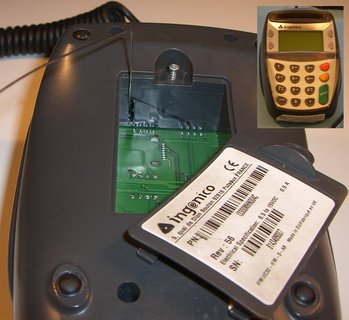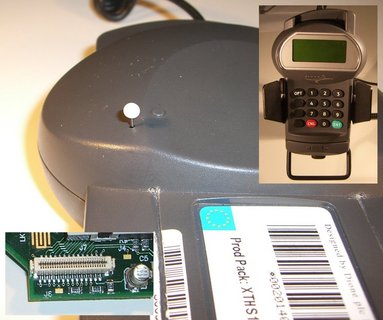People often ask me what can they do to prevent themselves from being victims of card fraud when they pay with their cards at shops or use them in ATMs (for on-line card fraud tips see e-victims.org, for example). My short answer is usually “not much, except checking your statements and reporting anomalies to the bank”. This post is the longer answer — little practical things, some a bit over the top, I admit — that cardholders can do to decrease the risk of falling victim to card fraud. (Some of these will only apply to UK issued cards, some to all smartcards, and the rest applies to all types of cards.)
Practical:
1. If you have a UK EMV card, ask the bank to send you a new card if it was issued before the first quarter of 2008. APACS has said that cards issued from January 2008 have an iCVV (‘integrated circuit card verification value‘) in the chip that isn’t the same as the one on the magnetic stripe (CVV1). This means that if the magstripe data was read off the chip (it’s there for fallback) and written onto a blank magstripe card, it shouldn’t — if iCVVs are indeed checked — work at ATMs anywhere. The bad news is that in February 2008 only two out of four newly minted cards that we tested had iCVV, though today your chances may be better.

2. In places that you are able to pick up the PIN entry device (PED), do it (Sainsbury’s actually encourages this). Firstly, it may allow you to hide your PIN from the people behind you in the queue. Secondly, it allows you to give it a cursory inspection: if there is more than one wire coming out from the back, or the thing falls apart, you shouldn’t use it. (In the picture on the right you see a mounted PED at a high-street shop that is crudely taped together.) In addition, be suspicious of PEDs that are mounted in an irregular way such that you can’t move or comfortably use them; this may indicate that the merchant has a very good camera angle on the keypad, and if you move the PED, it may get out of focus. Of course, some stores mount their PEDs such that they can’t be moved, so you’ll have to use your judgment.





